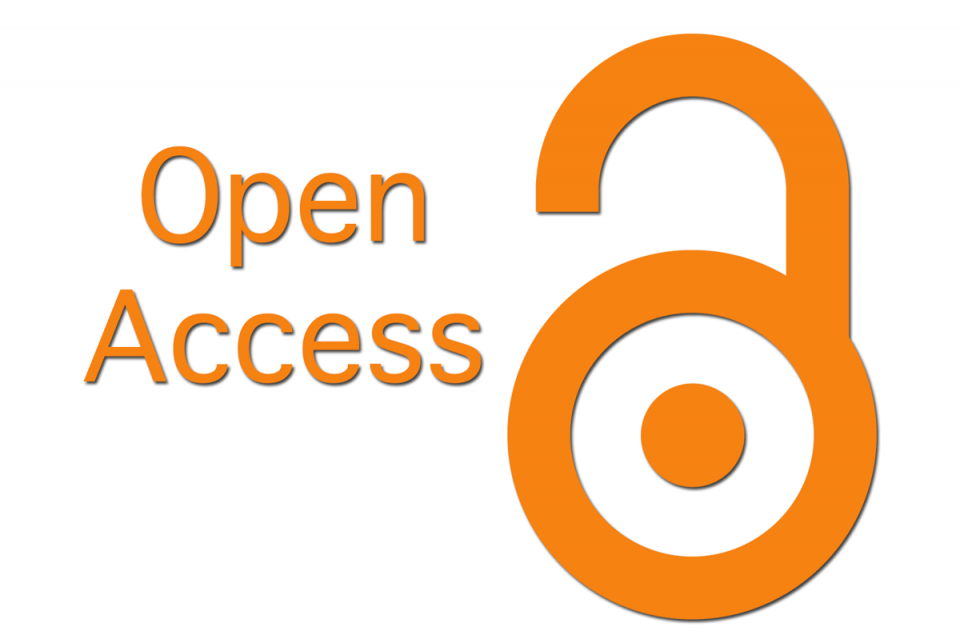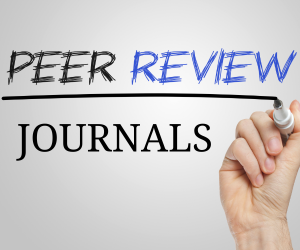PULMONARY ASPIRATION DURING PROCEDURAL SEDATION: A SYSTEMATIC REVIEW
DOI:
https://doi.org/10.61841/sj17zf91Keywords:
Pulmonary aspiration, sedation anesthesiaAbstract
Background: Aspiration of the pulmonary during sedation procedural of anesthesia has received considerable research attention, little is known about the aspiration of pulmonary during operational general anesthesia.
Aims : This systematic review is to review the association of sedation anesthesia and its effects on pulmonary aspiration.
Methods: By comparing itself to the standards set by the Preferred Reporting Items for Systematic Review and MetaAnalysis (PRISMA) 2020, this study was able to show that it met all of the requirements. So, the experts were able to make sure that the study was as up-to-date as it was possible to be. For this search approach, publications that came out between 2014 and 2024 were taken into account. Several differe nt online reference sources, like Pubmed and SCIENCE DIRECT, were used to do this. It was decided not to take into account review pieces, works that had already been published, or works that were only half done.
Result: In the PubMed database, the results of our search brought up 418 articles, whereas the results of our search on SCIENCE DIRECT brought up 372 articles. The results of the search conducted for the last year of 2014 yielded a total 16 articles for PubMed and 32 articles for SCIENCE DIRECT. In the end, we compiled a total of 5 papers, 4 of which came from PubMed and 1 of which came from SCIENCE DIRECT. We included five research that met the criteria.
Conclusion: In summary, pulmonary aspiration complicating non-endoscopic procedure sedation was found in this systematic review with complete recovery as the usual outcome. Aspiration of pulmonary occurred not in any of the individuals. Aspiration under anesthesia with sedation appears to be uncommon, unique and generally benign, however careful vigilance is still advised.
References
Parker JD. Pulmonary aspiration during procedural sedation for colonoscopy resulting from positional change managed without oral endotracheal intubation. JA Clin Rep. 2020 Dec 1;6(1).
Cooper GS, Kou TD, Rex DK. Complications following colonoscopy with anesthesia assistance: A population-based analysis. JAMA Intern Med. 2013 Apr 8;173(7):551–6.
Cajander P, Omari T, Magnuson A, Scheinin H, Scheinin M, Savilampi J. Effects of dexmedetomidine on pharyngeal swallowing and esophageal motility-A double-blind randomized cross-over study in healthy volunteers. Neurogastroenterol Motil. 2023;35(1).
Beach ML, Cohen DM, Gallagher SM, Cravero JP. Major Adverse Events and Relationship to Nil per Os Status in Pediatric Sedation/Anesthesia Outside the Operating Room: A Report of the Pediatric Sedation Research Consortium. Anesthesiology. 2016 Jan 1;124(1):80–8.
Thornley P. Efficiency and patient experience with propofol vs conventional sedation: A prospective study . World J Gastrointest Endosc. 2016;8(4):232.
Gemma M, Pasin L, Oriani A, Massimo A, Palonta F, Ramella B, et al. Swallowing Impairment During Propofol Target-Controlled Infusion. Anesth Anal. 2016;122(1):48–54.
Admass BA, Abebe MM, Arefayne NR, Temesgen MM. Assessment of preoperative preventive measures for pulmonary aspiration in surgical patients: A cross-sectional study. International Journal of Surgery Open. 2023;56.
Anderson H, Zaren B, Frykholm P. Low incidence of pulmonary aspiration in children allowed intake of clear fluids until called to the operating suite. Pediatric Anesthesia Journal. 2015;
Tan Z, Lee SY. Pulmonary aspiration under GA: a 13-year audit in a tertiary pediatric unit. Pediatric Anesthesia Journal. 2016;
Downloads
Published
Issue
Section
License

This work is licensed under a Creative Commons Attribution 4.0 International License.
You are free to:
- Share — copy and redistribute the material in any medium or format for any purpose, even commercially.
- Adapt — remix, transform, and build upon the material for any purpose, even commercially.
- The licensor cannot revoke these freedoms as long as you follow the license terms.
Under the following terms:
- Attribution — You must give appropriate credit , provide a link to the license, and indicate if changes were made . You may do so in any reasonable manner, but not in any way that suggests the licensor endorses you or your use.
- No additional restrictions — You may not apply legal terms or technological measures that legally restrict others from doing anything the license permits.
Notices:
You do not have to comply with the license for elements of the material in the public domain or where your use is permitted by an applicable exception or limitation .
No warranties are given. The license may not give you all of the permissions necessary for your intended use. For example, other rights such as publicity, privacy, or moral rights may limit how you use the material.







